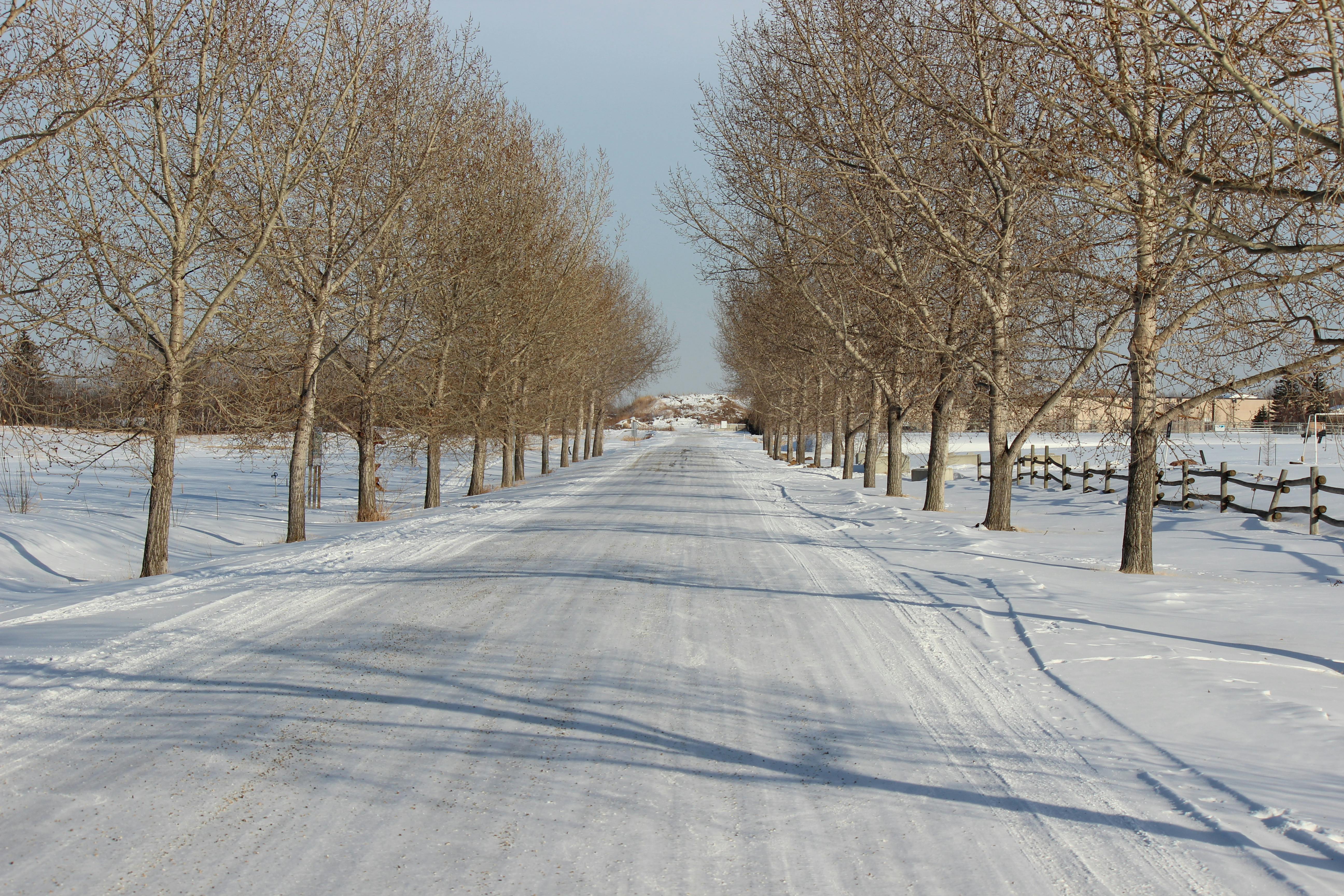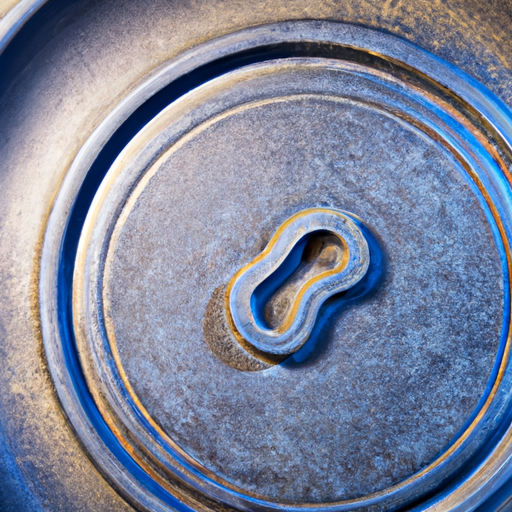In this article, we will take a closer look at the art of seasoning and maintaining cast iron cookware. As any seasoned chef will tell you, having the right tools in the kitchen is crucial for a seamless and enjoyable cooking experience. Tastepan.com is here to guide you through the world of kitchen gadgets and essentials, offering reviews and recommendations for top-quality cookware, utensils, and appliances. So, if you’re ready to unlock the full potential of your cast iron cookware and keep it in prime condition, read on to discover the secrets of seasoning and maintenance.

Seasoning Cast Iron Cookware
What is seasoning?
Seasoning refers to the process of treating cast iron cookware with oil or fat and heating it to create a natural non-stick surface. This process forms a protective layer over the iron, preventing food from sticking and improving the cookware’s performance over time.
Why is seasoning important?
Seasoning is crucial for cast iron cookware because it helps to prevent food from sticking to the surface and enhances the cookware’s durability. Additionally, seasoning creates a non-toxic and chemical-free cooking surface that enhances the flavors of your dishes.
How to season cast iron cookware
To season your cast iron cookware, start by applying a thin layer of oil or fat to the surface. This can be done with a brush or by rubbing the oil on with a cloth. Next, preheat your oven to a temperature of around 350°F (177°C). Place the cookware upside down on the oven rack to catch any drips, and bake it for about an hour. Once done, allow the cookware to cool completely before using it.
Benefits of a well-seasoned cast iron cookware
A well-seasoned cast iron cookware offers several advantages. Firstly, it provides a natural non-stick surface, reducing the need for excessive oil or butter while cooking. Secondly, it retains heat incredibly well, distributing it evenly for consistent cooking results. Lastly, a well-seasoned cast iron cookware is highly durable and can last for generations with proper care.
Cleaning and Maintenance
Proper cleaning methods
When cleaning your cast iron cookware, it’s important to avoid abrasive materials that can remove the seasoning. Instead, use a gentle scrub brush or nylon pad to remove any stuck-on food particles. If necessary, you can also use a small amount of coarse salt to assist in cleaning.
Avoiding soap and detergents
It is generally recommended to avoid using soap or detergent when cleaning cast iron cookware, as they can strip away the seasoning. Instead, opt for hot water and a scrub brush to clean the cookware. However, if your cookware has developed a strong odor or taste, you can use a small amount of mild soap, ensuring thorough rinsing afterward.
Dealing with stubborn stains
In the case of stubborn stains, you can create a paste using baking soda and water. Apply the paste to the stain, scrub gently, and rinse thoroughly. For more stubborn stains, you can try using a mixture of equal parts distilled white vinegar and water. Allow the mixture to sit on the stain for a few minutes before scrubbing and rinsing.
Drying and storing cast iron cookware
After cleaning, it’s crucial to dry your cast iron cookware thoroughly to prevent rusting. To do this, place it over low heat on your stovetop until all moisture has evaporated. Once dry, you can lightly coat the cookware with a thin layer of oil to prevent any moisture from accumulating during storage.
Seasoning after cleaning
After cleaning and drying your cast iron cookware, it’s a good practice to re-season it. This can be done by applying a thin layer of oil to the surface, heating it on the stovetop until the oil starts to smoke, and then allowing it to cool before using or storing.

Common Mistakes to Avoid
Using metal utensils
Avoid using metal utensils when cooking with cast iron, as they can scratch the seasoning. Instead, opt for wooden, silicone, or heat-resistant nylon utensils that won’t damage the cookware’s surface.
Cooking acidic foods
Acidic foods such as tomatoes, citrus fruits, and vinegar can react with the iron in cast iron cookware, causing a metallic taste and potentially damaging the seasoning. It’s best to avoid cooking highly acidic foods in cast iron or use enamel-coated cast iron cookware for such recipes.
Exposing to extreme temperature changes
Cast iron is prone to cracking or warping when exposed to sudden and extreme temperature changes. To prevent this, avoid placing hot cast iron directly under cold water or transferring it from a hot stovetop to a cold surface. Allow the cookware to cool naturally or gradually before cleaning or storing.
Using excessive heat
Cast iron cookware retains heat very well, so there’s generally no need to use high heat when cooking with it. Excessive heat can cause food to burn or stick to the surface. Instead, start with medium heat and adjust as needed.
Neglecting regular seasoning
Regular seasoning helps to maintain a well-seasoned surface and prolong the lifespan of your cast iron cookware. Neglecting to season it after each use or periodically can result in food sticking to the surface and the cookware becoming more prone to rusting.
Preventing Rusting
Understanding rusting
Rusting occurs when the iron in cast iron cookware comes into contact with moisture and oxygen. This can happen if the cookware is not properly dried after cleaning or if it is stored in a humid environment.
Removing minor rust spots
If you notice minor rust spots on your cast iron cookware, you can remove them by scrubbing the affected area with a fine-grade steel wool or a gentle scrub brush. Afterward, thoroughly dry the cookware, re-season it, and store it in a dry place.
Preventing rust in the future
To prevent rust from forming on your cast iron cookware, always make sure to dry it thoroughly after cleaning. It’s also important to store the cookware in a dry and well-ventilated area. If you live in a humid climate or your kitchen is prone to moisture, consider storing your cast iron cookware with a silica gel pack to absorb any excess moisture.
Storing cast iron cookware properly
When storing your cast iron cookware, it’s essential to ensure it is completely dry to prevent rust. To create a barrier between the cookware and the air, lightly coat the surface with a thin layer of oil before storing. You can also use paper towels or cloth to cushion and separate the pieces to prevent moisture accumulation.

Restoring and Re-Seasoning
When to restore and re-season
Over time, the seasoning on cast iron cookware can wear off or become damaged. If your cookware has significant rust or a rough surface, it may be time to restore and re-season it. Additionally, if food is sticking to the surface despite regular seasoning, it may indicate the need for restoration.
Steps to restore cast iron cookware
To restore cast iron cookware, start by scrubbing off any rust or food residue with a fine-grade steel wool or a scrub brush. Rinse the cookware thoroughly, ensuring all debris is removed. Next, dry the cookware completely and apply a thin layer of oil to the surface. Lastly, place the cookware in a preheated oven at around 350°F (177°C) for an hour, allowing the oil to bond with the iron and form a new seasoning layer.
Re-seasoning after restoration
After restoring your cast iron cookware, it’s important to re-season it to ensure its non-stick properties and protection against rust. Follow the seasoning process mentioned earlier, applying a thin layer of oil and baking the cookware in the oven to create a new seasoning layer.
Tips for maintaining restored cast iron cookware
To maintain your restored cast iron cookware, avoid using harsh abrasive materials or soap when cleaning it. Additionally, make sure to dry it thoroughly after each use and re-season it periodically to maintain its non-stick surface and prevent rusting.
Cooking Tips for Cast Iron Cookware
Preheating the pan
When using cast iron cookware, preheating the pan is essential for proper heat distribution and even cooking. Allow the pan to heat over medium heat for a few minutes before adding any ingredients.
Choosing the right oils
When seasoning or cooking with cast iron, it’s important to choose oils with high smoke points, such as vegetable oil, canola oil, or flaxseed oil. These oils can withstand the high temperatures needed for seasoning and cooking without breaking down or forming a sticky residue.
Avoiding overcrowding the pan
To achieve optimal results with cast iron cookware, avoid overcrowding the pan. Overcrowding can lower the temperature and result in uneven cooking. Cook in batches if necessary or use multiple pans to ensure enough space for each ingredient.
Cooking techniques for even heat distribution
To ensure even heat distribution, it’s helpful to use techniques such as searing, browning, and flipping when cooking with cast iron. These techniques help to distribute heat evenly throughout the cookware and achieve desirable textures and flavors in your dishes.
Cleaning cooking residue
After cooking with cast iron, it’s common to have stuck-on food residue. To clean it, allow the cookware to cool slightly, then add a small amount of hot water to the pan. Scrub gently with a brush or nylon pad to remove the residue. Thoroughly dry the cookware and re-season if necessary.
Advantages of Cast Iron Cookware
Superior heat retention and distribution
One of the main advantages of cast iron cookware is its ability to retain and distribute heat evenly. This helps to achieve consistent cooking results and allows food to cook more evenly.
Versatility for various cooking methods
Cast iron cookware is highly versatile and can be used for various cooking methods, including frying, sautéing, baking, and even grilling. It can be used on the stovetop, in the oven, or over a campfire, making it a practical choice for different cooking needs.
Durability for long-term use
Cast iron cookware is renowned for its durability and longevity. With proper care, it can last for generations, making it an excellent investment for avid home cooks and culinary enthusiasts.
Non-toxic and chemical-free cooking
Unlike some non-stick cookware coated with chemicals, cast iron cookware offers a natural non-stick surface without the use of harmful substances. This makes it a healthier choice for cooking, as there are no chemicals that can potentially leach into your food.
Enhancing flavors of dishes
Due to its ability to retain and distribute heat evenly, cast iron cookware helps to enhance the flavors of dishes. It creates a desirable sear on meats, caramelizes vegetables beautifully, and imparts a unique depth of flavor to various recipes.
Disadvantages of Cast Iron Cookware
Heavy and bulky to handle
One of the drawbacks of cast iron cookware is its weight. It can be quite heavy and cumbersome to handle, especially for those with limited strength or mobility in the kitchen. This can make it challenging to lift, pour, or maneuver the cookware.
Requires special care and maintenance
Cast iron cookware requires specific care and maintenance to prevent rusting and maintain its non-stick surface. This includes proper seasoning, avoiding harsh cleaning methods, and storing it in a dry environment.
Not suitable for certain recipes
Cast iron cookware may not be suitable for all types of recipes. Acidic foods, such as tomato-based dishes and certain fruits, can react with the iron and affect the taste of the food. In these cases, it is recommended to use enamel-coated cast iron cookware.
Initial seasoning process can be time-consuming
The initial seasoning process for cast iron cookware can be time-consuming. It involves multiple steps, such as applying oil, heating, and cooling, which may require some patience and planning. However, the effort spent in the beginning is well worth the long-lasting benefits.
May react with acidic foods
As mentioned earlier, cast iron cookware can react with acidic foods, leading to a metallic taste. For individuals who frequently cook with highly acidic ingredients, such as citrus fruits and vinegar, it’s advisable to use enamel-coated cast iron or alternative cookware materials.
Other Maintenance Tips
Avoiding sudden temperature changes
To prevent your cast iron cookware from cracking or warping, always avoid exposing it to sudden temperature changes. Allow the cookware to cool naturally or gradually before cleaning or storing.
Regularly re-seasoning the cookware
Regularly re-seasoning your cast iron cookware helps to maintain its non-stick properties and protect it against rusting. It’s recommended to do so after each cleaning or periodically, depending on the frequency of use.
Using gentle scrub brushes or nylon pads
When cleaning your cast iron cookware, opt for gentle scrub brushes or nylon pads that won’t damage the seasoning. Avoid using abrasive materials, such as steel wool or harsh scouring pads.
Avoiding excessive soaking
Excessive soaking of cast iron cookware can lead to rusting. Instead of leaving it submerged in water for extended periods, clean it promptly after use and dry it thoroughly.
Storing in a dry and well-ventilated area
To prevent moisture buildup and rusting, store your cast iron cookware in a dry and well-ventilated area. Avoid storing it in humid environments or near sources of moisture, such as sinks or dishwashers.
Conclusion
Proper seasoning and maintenance are essential for enjoying the long-lasting benefits of cast iron cookware. Seasoning helps create a natural non-stick surface, enhances flavors, and improves the durability of the cookware. By following the cleaning and maintenance tips, you can ensure the longevity and performance of your cast iron cookware. Remember to avoid common mistakes, prevent rusting, and know when to restore and re-season. With proper care, your cast iron cookware will provide you with many years of enjoyable and flavorful cooking experiences. Invest in high-quality cast iron cookware today to elevate your culinary adventures.

